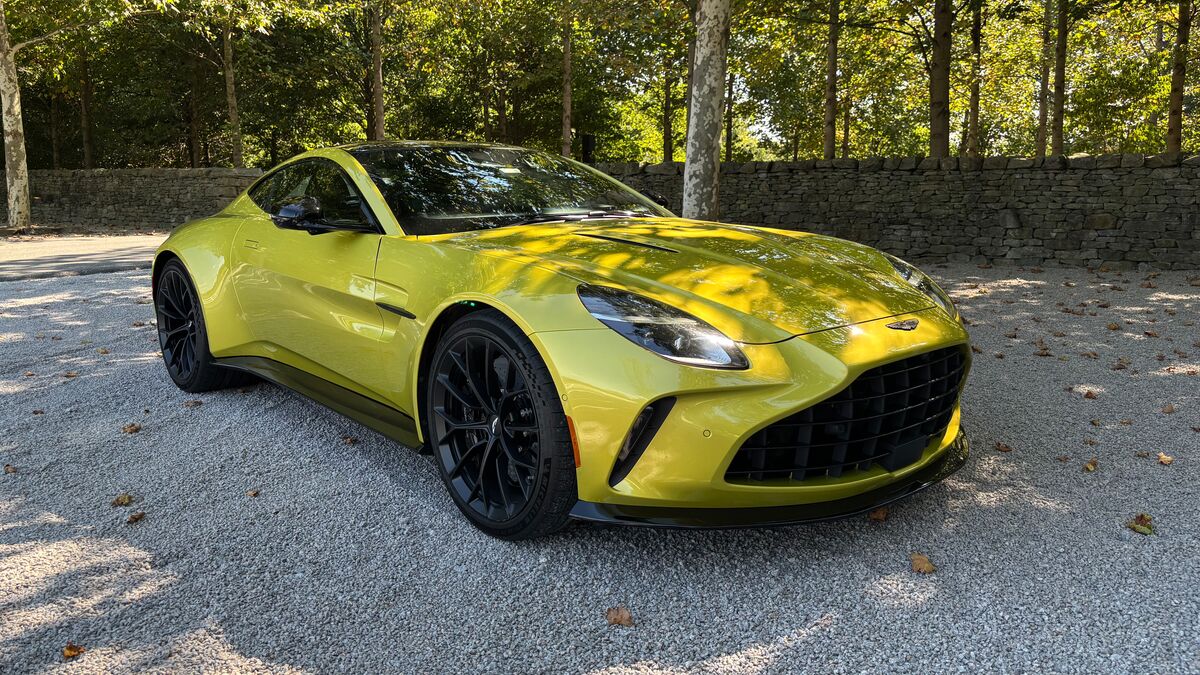
Car dealers are finally starting to build up a supply of unsold cars. That could lead to the discounts and rebates we were all once used to.
“New-vehicle inventory climbed through December, nearing what used to be considered ‘normal’ levels in the pre-pandemic era,” says Cox Automotive Senior Economist Charlie Chesbrough.
The Supply Side of Supply and Demand
Car dealers measure their supply of new cars to sell with a metric they call days of inventory – how long it would take to sell out of cars at today’s sales rate if they never acquired more.
An old industry rule of thumb told dealers to keep about a 60-day supply on the sales lot, with another 15 days’ worth on order. That ensured they had the right mix of colors and options to meet almost any request that walked in the door.
The financial side of running a car dealership is complex. Dealers generally make payments on the cars they keep on the lot, often to a bank controlled by the company that built them.
That can leave the factory or the dealer with an oversupply. So both the factory and the dealer would sometimes discount cars to get them moving again.
But the COVID-19 pandemic and an ensuing microchip shortage left some dealers with as little as a week’s supply last year. Incentives – from dealers and manufacturers – almost disappeared.
Now, Chesbrough says, inventories are starting to recover. But Americans haven’t flocked to car lots to buy it all. “Days of supply at the end of December increased due to production and supply improvements. But,” he says, “sales barely budged.”
Inventories Are Increasing; Sales Are Not
“While new-vehicle supply rose 37% since September and is 66% above a year ago, the sales pace at the end of December had improved by a scant 2%,” says Chesbrough.
You see where this is going, don’t you? “If this trend continues – and it seems likely to do so – automakers will be under heavy pressure to move the metal with higher incentives,” he explains.
“This will be the story to watch for in the first part of 2023 – automakers returning to discounting.”
No Sign of Discounts Yet, But They’re Likely Coming
To be clear, there’s little sign of a return to normal yet. The average new car sold for $49,507 in December. It could cross the $50,000 mark in the next few months.
Another troubling pattern for prices sees automakers building expensive cars in greater numbers and even canceling production of inexpensive cars entirely. A year of unprecedented Federal Reserve interest rate hikes risks creating a cycle where automakers conclude that only the wealthiest Americans can afford new cars and build new cars for only the wealthiest Americans.
But if supply keeps piling up, the industry will have to budge on prices. They can’t store unsold cars forever while building more.
If you’re car shopping, remember that industry trends might not control what’s happening at your local sales lot.
Some Brands Have More Inventory Than Others
Some brands have a bigger inventory problem than others.
At the end of December, non-luxury brands with below the national average inventory were, from lowest to highest, Toyota, Kia, Subaru, Honda, Hyundai, and Volkswagen. Luxury brands at the low end were Land Rover, BMW, Lexus, Porsche, Genesis, and Mercedes-Benz.
Non-luxury brands with the highest inventory were all Stellantis brands, in descending order, Jeep, Ram, Dodge, and Chrysler. Luxury brands at the high end were Buick, with the most, Volvo, Jaguar, Infiniti, and Lincoln.







